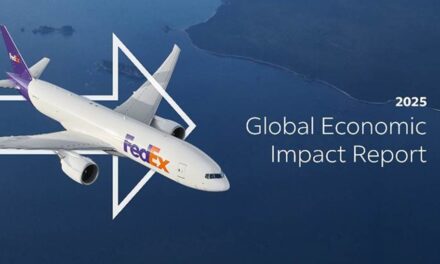
The Postal Role in Global eCommerce – USPS presentation
Definition of e-commerce, various statistics by country, retail trends, challenges for shippers, return rates.
Despite headline grabbing results, e-commerce is still in its infancy, with many e-retailers struggling to develop viable business models which successfully leverage the global trading opportunity offered by the internet. Global e-commerce sales, which will total $680.6 billion USD this year will grow 106% to reach $US1.4 trillion in 2015
On a year-over-year basis, global e-commerce sales will rise:
20.5% to $US820.5 B in 2012
17% to $US963 B in 2013.
eCommerce sales in the US, which are expected to total $197 billion in 2011, should grow roughly 10% a year for the next four years, hitting $297 billion in 2015 (51% increase compared to 2011).
In 2010, holiday retail sales rose 5.2 percent after having declined for two years. E-commerce sales were the big winner, rising 13 percent from 2010 and hitting $60 billion last quarter, according to IHS. Today e-commerce makes up a bit less than 5 percent of holiday retail sales, but 10 years ago, it was 1 percent,
Many believe deliveries out of the US are too complicated; in terms of address and delivery requirements, customs, duties, tariffs and returns. Cross-border sales are incidental, accounting for a very small percentage of revenue.
Some e-retailers have not identified or implemented effective cross-border customer acquisition activities; thereby preventing them from capitalising on the business opportunity.
Third-party facilitators are willing to assume the risk of international purchases and deliveries.
•Increasing cross continental market, however at a slower pace than domestic and cross border (European) (cfr. slide 5) •Due to extra challenges / obstacles
•There is a gap (which continued to widen in 2010) between the take-up of domestic and cross-border e-commerce. •While the level of domestic online shopping has steadily increased since 2006 (in line with the increasing take-up of internet and broadband), cross border ecommerce continues to grow at a much slower pace. •In 2010, 51% of internet users purchased goods or services online domestically but only 12% cross-border.
Convincing those consumers already accustomed to shopping online domestically to shop across borders remains the key challenge to integrate e-commerce in the EU.
[Source: COMMISSION STAFF WORKING DOCUMENT – Consumer Conditions Scoreboard – Consumers at home in the single market – Monitoring the integration of the retail single market and consumer conditions in the Member States – EUROPEAN COMMISSION – Brussels, 04.03.2011]
Remark: the local approach / presence of e-tailers and the growing domestic markets could be the main reason of the slower pace of cross border e-commerce.
[Source: COMMISSION STAFF WORKING DOCUMENT – Consumer Conditions Scoreboard – Consumers at home in the single market – Monitoring the integration of the retail single market and consumer conditions in the Member States – EUROPEAN COMMISSION –
Brussels, 04.03.2011]
The posts are very well positioned to facilitate the growth of online trade due to their ubiquitous fi rst mile access and last mile delivery to every citizen and business in the world.
E-retailers are increasingly successful at drawing traffi c to their sites, generating customers who are eager to take advantage of their low prices and innovative offerings.
However, the logistics of getting goods to the customer, especially if cross-border, is proving to be complex and costly.
In the US E-retailers are very concerned about fraud; specifically from foreign buyers who do not hold US credit cards. Credit cards issued in the US are authenticated prior to purchase.
• Posts are calling for changes in the structure of delivery charges negotiated between posts, in order to provide more competitive and targeted cross-border prices for packets and parcels.
• Posts are building partnerships with large online shopping platforms such as eBay in order to improve the shipping process for consumers, SMEs and SOHOs.
• Posts are entering bilateral agreements to offer direct access to online shopping platforms hosted by other posts in Asia. These provide easy access to expatriated populations.
• Posts are providing educational platforms for domestic businesses to stimulate the growth of exports.
• Posts are looking for increased cooperation in the face of competition from integrators and consolidators (eg: facilitating customs procedures).
• The posts are very well positioned to facilitate the growth of online trade due to their ubiquitous first mile access and last mile delivery to every citizen and business in the world.
https://postandparcel.info/wp-content/uploads/2012/02/Giselle-Valera_USPS-Miami-2012.pdf











